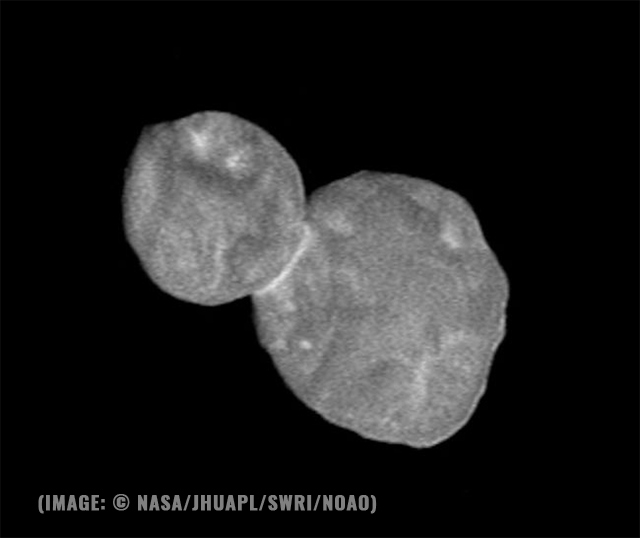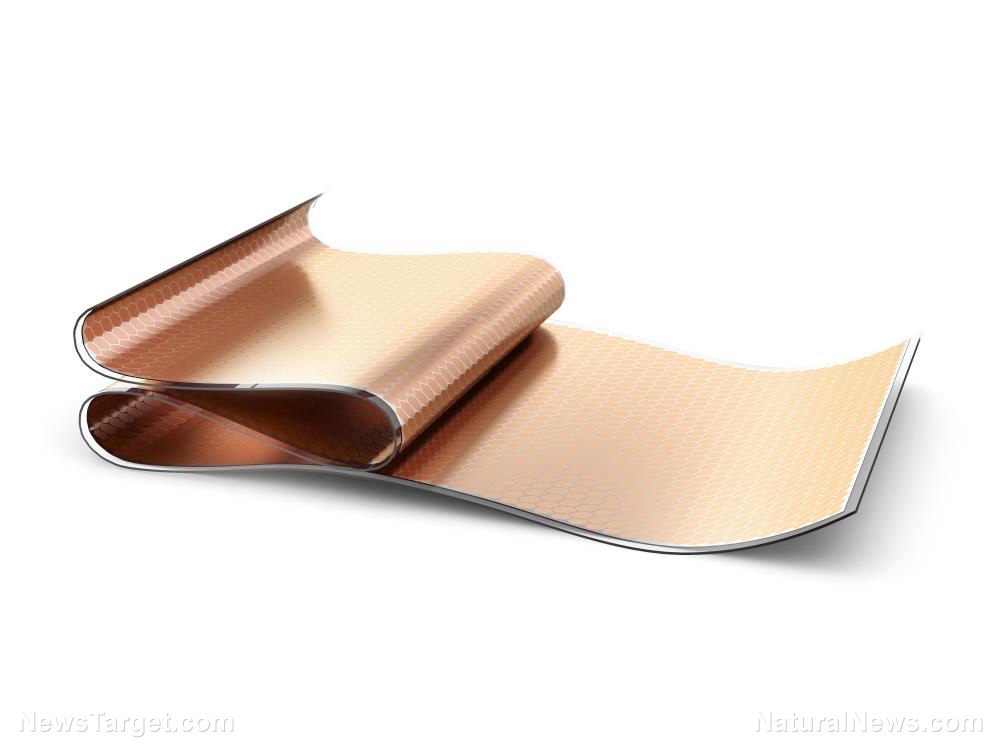Researchers have developed a safer alternative MRI contrast agent that clears more quickly, is less toxic than standard agents
03/07/2019 / By David Williams

Magnetic resonance imaging, or MRI, has long been a staple of modern medicine. With that said, its widespread use has always been under scrutiny, not just for the risks of radiation but also due to the use of potentially harmful elements that are employed to improve the quality of the images that the machine’s scans produce.
One such element is called gadolinium, a leading contrast agent that’s used in about 1/3 of all MRI scans. Despite its prominence, however, it has been known to cause side effects and a few transient reactions. Naturally, experts have been researching for alternatives.
A research team from the Massachusetts General Hospital (MGH) may have finally found a worthy candidate. In a recent report that was published online through Radiology, the team details experiments based on the use of the manganese-based agent Mn-PyC3A, which is said to produce contrast enhancement of blood vessels of the same quality as that of gadolinium-based agents. This could be the major breakthrough that kicks off the era of non-gadolinium contrast agent-based MRI scans.
Dangers of gadolinium in MRI
To undergo a standard MRI scan, a patient usually has to be given a contrast agent in order to “produce a signal that can detect cancers, diagnose aneurysms or arterial narrowing, or identify the area of a heart damaged by a heart attack,” says Peter Caravan, Ph.D., of the Martinos Center for Biomedical Imaging and co-director of the Institute for Innovation in Imagine at MGH.
Caravan then goes on to add that this applies to about 40 percent of all MRI procedures, and that basically all current FDA-approved contrast agents contain gadolinium. This is a problem mainly because of the known side effects such as the sudden appearance of an itchy rash in patients, as well as retention of gadolinium in a patient’s body. This is more of an inevitability as gadolinium is not naturally found in the human body.
On the other hand, manganese is considered an essential element, and is in fact required for certain bodily functions. Unlike gadolinium, manganese can be easily excreted by the human body. So ingesting it or receiving it intravenously shouldn’t cause any concern for unwanted retention.
Results of the research
So far, the team of researchers at MGH have conducted tests on different animals including a baboon and a mouse. In all cases, the exact same MRI procedure was performed twice; the only difference was that one was done with the use of Mn-PyC3A and the other was done with a gadolinium-based contrast agent (GBCA).
The results are quite interesting. According to the researchers, the enhanced images produced by the MRI procedures in all tests were “comparable” whether you’re looking at major arteries, kidneys, livers or specific muscles. This means that the use of manganese-based contrast agents should prove to be just as useful as current GBCAs, with the added benefit of being easier to eliminate from the body.
“While we did not test it here, we believe that having an alternative route of elimination through the liver will provide an efficient mechanism for elimination of Mn-PyC3A in patients with kidney disease and prevent any retention of the contrast agent in the body,” says Eric Gale, Ph.D., a colleague of Caravan from the Martinos Center. “Our next steps are to manufacture Mn-PyC3A on a larger scale and conduct additional preclinical safety studies before we can begin testing in human patients.”
While more tests need to be performed before manganese-based alternatives become publicly available, the research done by the team at MGH is a major step in the right direction.
Sources include:
Tagged Under: breakthrough, discoveries, Gadolinium, Manganese, medical research, medical tech, MRI, Natural Alternatives, risks of reaction



















